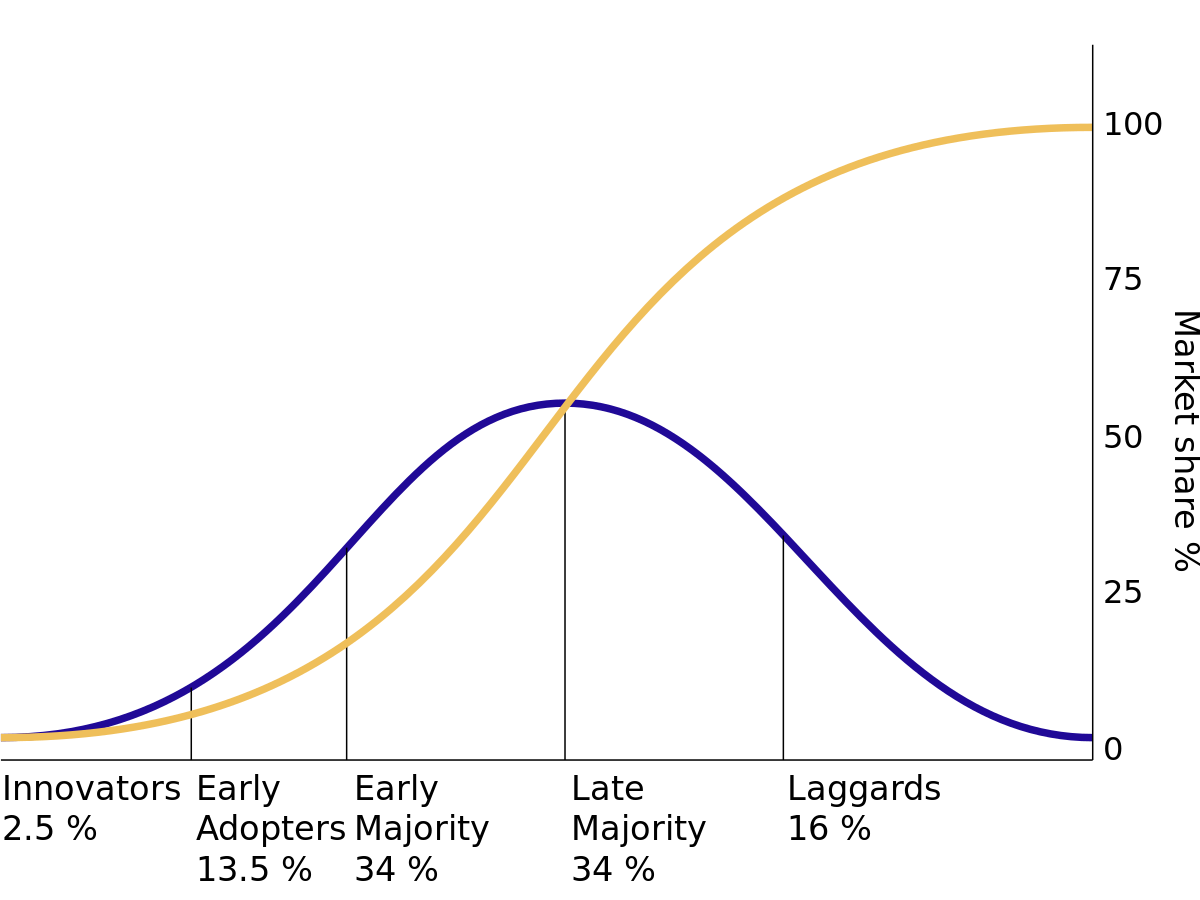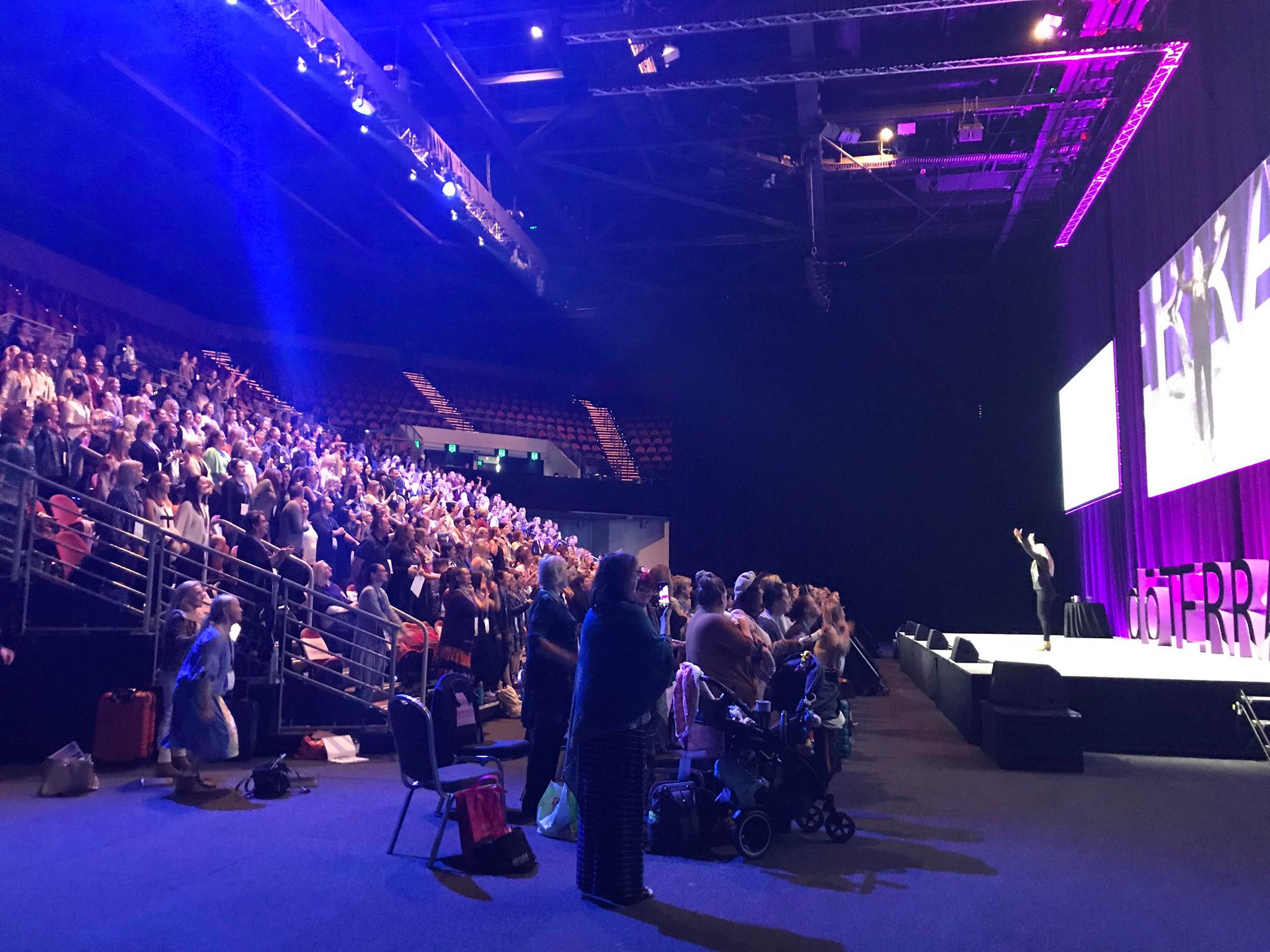What do a couple of thousand, mostly women, attendees at a two day conference on the Goal Coast, have to do with making healthier places to live? I wasn’t really expecting anything at all. I’m a tag-along. A conference partner of Natalie who is attending a doTerra Leadership Convention. I’m here because Natalie suggested a nice getaway for a couple of days and to find out more about what she does with some of her time. Plus, spending a few days on the sunny Gold Coast in the middle of a New Zealand winter is a total bonus!
What I didn’t anticipate, was learning and reflecting so much while I was here. I’m not just here enjoying the sunshine. I’ve attended a few of the sessions and I can’t help drawing some parallels between the stories of the ‘Wellness Advocates’ attending the Convention and us in the business of wanting people to build better buildings.
A bit about doTerra
doTerra is an essential oils company. It was founded in 2008 and now has over 2 million Wellness Advocates around the world. The company uses multi-level marketing to educate and yes, to sell.
I don’t want to talk about multi-level marketing. That’s not the purpose of this post.
I do want to talk about how a group of passionate people use education, experience and enrolment to spread a message and change an industry.
1. Common Curves
I’ve lost count of the number of times I’ve seen the innovation curve pop up in seminars and conferences. The graphic is usually accompanied with a story about how we’re the early adapters, spreading the word of the innovators. Between where we are now and the beautiful future world of mass adoption, is a chasm. But once we reach the tipping point, there’ll be no stopping us.

By Rogers Everett – Based on Rogers, E. (1962) Diffusion of innovations. Free Press, London, NY, USA., Public Domain, Link
The innovation curve is truly transferable and relevant to almost any idea or movement. I find it useful as a model for where we want to go. It provides comfort in being being small. The innovation curve gives us hope that our cause won’t always be this small and the struggle won’t always be this hard. The curve is not linear. Momentum will grow until what is currently a fringe idea, is obvious to everyone.
2. Big on Experience, with a Few Facts
I’ve heard very few facts or hard numbers in the sessions I’ve been to during this convention. That’s not to say that there hasn’t been any. A few key statistics and references to affirming research has been sprinkled in among the presentations. But by far the biggest emphasis here is on experience. People consistently share stories, many of them powerful ones of transformation. And because this is a leadership conference, there’s been a lot of talk about how to encourage others to tell their stories.
When it comes to helping people through education, (and again, yes, ultimately selling them something) stories matter.
The real estate industry know this. Beautiful images of sunset vistas and perfectly laid out kitchens tell a story of the life you’re sure to enjoy in the house they’re selling.
What is the experience we want to share? What are the stories that will inspire people towards a better place to live?
3. Brand Recognition
doTerra has grown at an impressive rate since humble beginnings in 2008, yet their brand recognition across Australia and New Zealand is still tiny. We’re talking 2.5% maximum in Australia. In parts of New Zealand it’s as low as 0.6%. That means only one or two people in every couple of hundred have even heard of doTerra at this point, let alone actually use it. (Had you heard of it before reading this?)
I don’t know the exact numbers, but I’m guessing Passive House would have similar brand recognition in the general population. The Living Building Challenge might be even lower. Green Star might be slightly higher.
4. Insular or Influential
There are a couple of important points about have tiny brand recognition in the mainstream. Firstly, it’s important to know that the vast majority of people don’t have a clue what we’re talking about.
When we surround ourselves with people who think like we do, we become insular. We all go to the same conferences (except perhaps this one). We share similar stuff online. We comment on each others social media posts.
Building our community of likeminded people is great. It makes us feel comfortable and gives us confidence. But it’s important to recognise that we’re a small community within a much bigger world and much of that bigger world doesn’t think like us. Yet.
The second part of the being in a small but passionate community relates back to the innovation curve. There’s good reason to be optimistic about the future. But optimism is a choice. Do you see the early and late majority (the masses) as opponents to our cause, or a huge potential future market? Believing that we’re at the beginning of an exciting and worthwhile journey is way more inspiring than being overwhelmed by the mountain of people who don’t yet know why and how to build better.
5. The Same but Different
doTerra started in America. Passive House started in Germany. The USA and Germany are different from Australia and New Zealand but there are probably more similarities that differences. Let’s not reinvent the wheel and make all the same mistakes. Instead, let’s learn from and build on the best, proven systems from all around the world.
6. People Buy from People
doTerra Wellness Advocates don’t shirk from the fact that they’re selling something. We could definitely learn something here. The necessity and the art of selling is not taboo at this conference. Selling is discussed openly as part of the process for helping people, with the emphasis being on the people. The connection. Helping to solve peoples’ problems. And it starts not with talking, but with listening.
We are selling much more than houses. We’re selling wellness. We’re selling comfort. We’re selling a better lifestyle and a healthier planet. Our clients can’t buy any of these things off the shelf, but if we do our craft well, they can buy these things from us. And they’ll chose to buy from us largely because of the connection we create. For anything that really matters, people buy from people.
7. Collaboration and Cooperation
A small percentage of a very large population is still a big group of people. While the market is still quite small, you’d think that a few thousand people selling essentially the same stuff in that small market, would see each other as competition. But all I’ve witnessed during this convention is collaboration, connection and sharing. The focus is on the abundance offered by the future growth of the whole market, not any one person’s individual share of that market. This group is on a mission to make a change in the world. And the best way to make that change is to collaborate and cooperate.
8. Complimenting Traditional Culture
There’s quite a lot of stuff we used to know how to do, but we’ve forgotten. Some traditional remedies and rituals have been replaced by modern medicines and technological distractions. Many building crafts and simple materials have been replaced by cheap manufacturing and composites.
Tradition, or technology, are rarely all wrong or all right. Would you really want to live like our palaeolithic ancestors? But do you also sometimes complain about being ‘stuck inside’ a clean, temperature and humidity controlled building all day?
It’s exciting to watch modern medicine (and the life-saving miracles it can provide) start to acknowledge some traditional practices for health and wellness.
In the building industry, we would do well to recognise and incorporate some traditional building typologies such as shared spaces and multi-generational homes into our projects. We should be weary of new composite materials made with chemicals we can’t pronounce. And we should continue to honour and foster the art of good design and the craft of good building. We should do all this while also embracing the efficiencies offered by CAD, BIM and robotic automation of offsite prefabrication.
9. Show up Consistently
doTerra Wellness Advocates grow their business (and therefore their influence) by consistently showing up to teach, to serve and to sell. They’re encouraged to hold regular workshops and offer consultations. Sometimes only a couple of people might show up. Sometimes, no-one will buy anything. But next week, do it again.
How could we better show up consistently in the market?
10. Celebrate Individual Stories
There’s a difference between project success stories and peoples’ own individual stories. Project success stories fill the agendas of Passive House Conferences. I often find these stories informative, sometime educational.
All Wellness Advocates have their own story. The parallel here would be if all Passive House architects and builders were Passive House owners first, before embarking on their professional journey to enrol other advocates.
It might be little harder to have a Passive House experience than an essential oil experience. A house is much less mobile and more expensive than a tiny bottle of oil. But it’s not just about the physical product. It’s about the story that creates the ‘why’. As an architect, why do you want to design truely healthy living spaces? As a builder, why do you want to build beyond the building code? These are stories we need to tell. This is the purpose of Home Style Green – find the stories behind the people.
doTerra do a great job of celebrating people. The glitter cannons and rocking music might be a bit much for us serious engineers, architects and builders. But let’s not forget that we’re people too. People like being appreciated and celebrated. Could we do a better job of celebrating the people who are making great buildings, as well as celebrating the buildings?
What’s Your Story?
If you’ve been working in this space already, you will have impacted someone. It may not be Passive House, but it might be a warmer, healthier home that has brought a family together. It might be encouraging a client to add more insulation, invest in decent windows and to add an airtightness layer. It might giving a builder permission to be a craftsperson and create a building they are truely proud of.
Find those people. Tell their story.
Takeaways and To-Dos
It’s been easy for me to enjoy the doTerra Convention. I was able to sit, observe and reflect, and then go and enjoy the beach!
But I now realise that my list of ‘to-dos’ and takeaways could be just as long as that of the many Wellness Advocates returning home to share and implement their learning.
And the most important take-away of all, is action. We won’t progress along the innovation curve just by knowing what it is and where we are on it. We need to show up consistently to keep educating and serving people. The more we do this, the more great stories we will all have to tell.

Leave a Reply